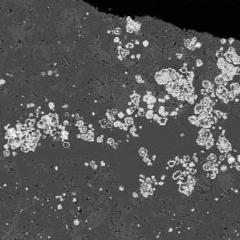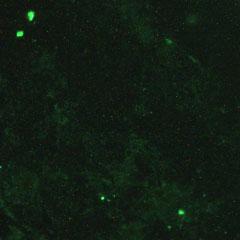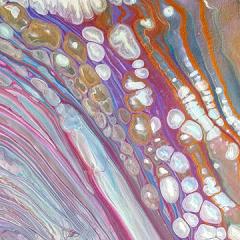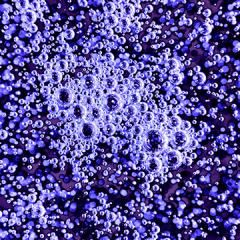Pyrite is the most common gangue sulphide mineral on base metal and precious metals ore deposits, and it is often rejected in the tails.
Its processing has major economic implications as it greatly affects base metal recoveries and concentrate quality, which then presents challenges for smelting operations. Furthermore, pyrite rich tails are an environmental liability, due to its potential to generate acid, and they are also a source of valuable metals such as Au, Ni and Co. With the depletion of high-grade base metal deposits, companies are now focusing on pyrite-rich low grade complex orebodies with complex metallurgical challenges.
Therefore, understanding pyrite properties and flotation response in a deposit is of great significance for an efficient rejection and possible repurposing of pyrite in tails. In mineral deposits pyrite can exists with variable textures, associations and element compositions exhibiting different electrochemical properties. Although changes in pyrite textures have been shown to affect flotation performance in numerous operation and greenfield studies, reasons behind it remain unclear.
The effect of pyrite elemental composition and textures on electrochemical properties and flotation behavior have been extensively studied as individual factors in single mineral studies. However, little information exists on their combined influence, interdependences, or the effect of a texture prevalence within an ore on flotation. Pyrite textures are often identified; however, their abundance is rarely quantified, particularly for complex mineralogical systems.
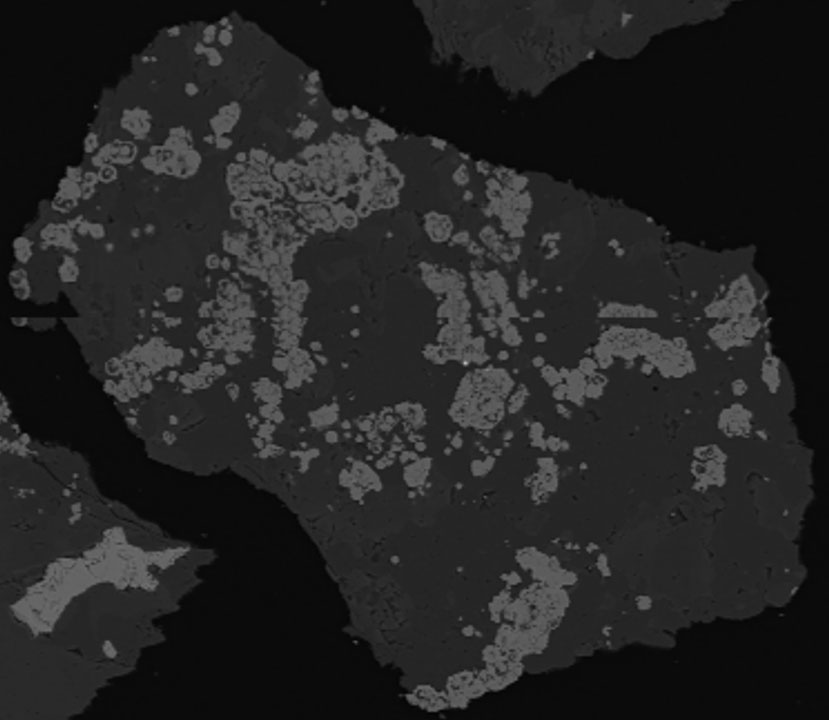
The research project will focus on investigating the relation between pyrite textures and their prevalence, mineralogical associations, elemental composition, and electrochemical properties on flotation performance of ore samples from Mt Isa 500 and 1100 orebodies. The project scope includes proposing a methodology for identification and quantification of pyrite textures using image recognition analysis.
This project forms and extension of the Advance Queensland Industrial Research Fellowship - Overcoming pyrite challenges in Queensland’s ore reserves and mine tailings.
This project is undertaken by the Sustainable Minerals Institute’s Julius Kruttschnitt Minerals Research Centre (JKMRC) Flotation Chemistry Group.
Project team
Researchers
Associate Professor Liza Forbes
Associate Professor Anita Parbhakar-Fox
Dr Catherine Evans

